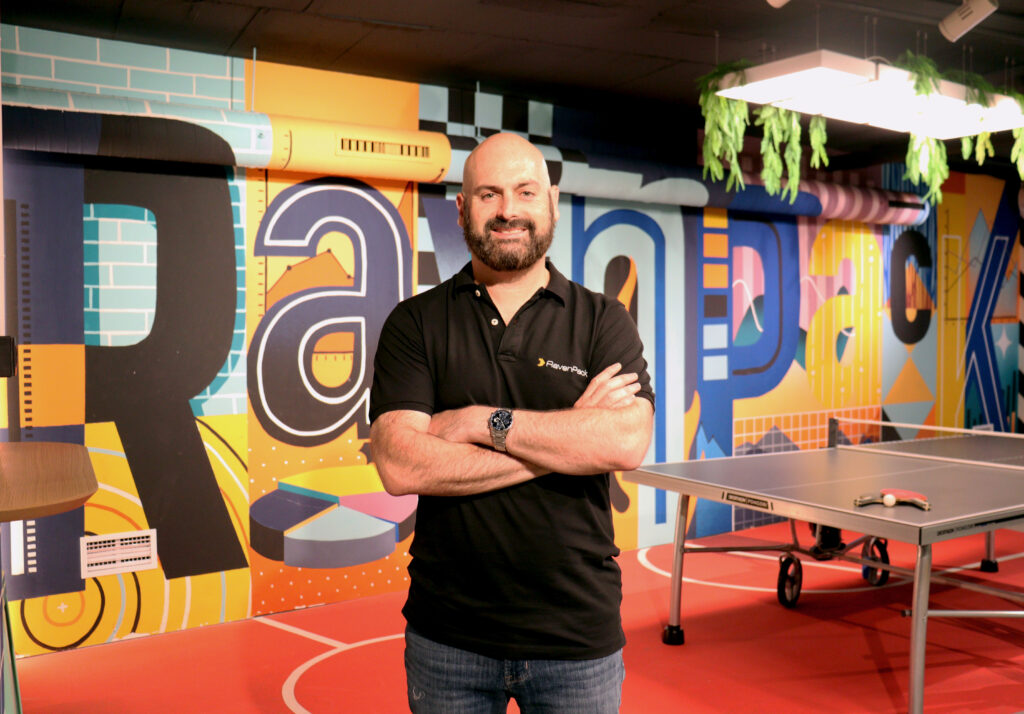Artificial Intelligence
Capital Efficient Strategy for Generative AI Startups: RavenPack CEO Armando Gonzales (Part 6)
Sramana Mitra: How big a deal has your infrastructure been as a cost element in the past and now? It does take horsepower to process data.
Armando Gonzales: Because we don’t have access to that type of capital, we had to build a very cost-effective system. Even these days, it’s probably less than 10% of our gross revenues. Because of the type of software and infrastructure we’ve built, we are able to operate very efficiently.
>>>Capital Efficient Strategy for Generative AI Startups: RavenPack CEO Armando Gonzales (Part 5)
Sramana Mitra: At this point, you had a customer. You understand your TAM. You are starting to execute. It’s an easier funding situation.
Armando Gonzales: Exactly.
Sramana Mitra: How much did you raise?
Armando Gonzales: $3 million.
Sramana Mitra: 2008?
>>>Capital Efficient Strategy for Generative AI Startups: RavenPack CEO Armando Gonzales (Part 4)
Sramana Mitra: What were average deal sizes in what you were selling?
Armando Gonzales: It’s a range. It can be anywhere between the $50,000 to several hundreds of thousand dollars.
Sramana Mitra: Recurring revenue?
Armando Gonzales: Correct.
>>>Capital Efficient Strategy for Generative AI Startups: RavenPack CEO Armando Gonzales (Part 3)
Sramana Mitra: Let’s go to your story. How did you build the company?
Armando Gonzales: In the early days, we were mostly doing research and development and trying to figure out how some of our ideas could apply to different problems.
Sramana Mitra: When you got this client who wanted to use your trading technology, did you start zeroing in on that particular use case as the company positioning?
>>>Capital Efficient Strategy for Generative AI Startups: RavenPack CEO Armando Gonzales (Part 2)
Sramana Mitra: The use case was investing and trading in stocks?
Armando Gonzales: Yes, it didn’t start that way. It started as a very generic AI platform that could do all sorts of things including trading. We thought it could be used for healthcare diagnostics. We were looking at it from a cybersecurity perspective as well. We also tried building a prototype of open-source intelligence system that can be used by governments or global organizations.
>>>Capital Efficient Strategy for Generative AI Startups: RavenPack CEO Armando Gonzales (Part 1)

Armando has built an AI company over 20 years, deeply focusing on Finance and Trading.
He discusses his journey, and also reflects on how generative AI startups can be built in a capital-efficient manner. Great conversation!
Sramana Mitra: Let’s start at the very beginning of your story. Where are you from? Where were you born and raised? What kind of background?
>>>Building an AI-Powered Pharmaceutical Services Business: VIDA CEO Susan Wood (Part 6)
Sramana Mitra: Data is clearly going to change the pharmaceutical industry.
Susan Wood: Similarly to find sites. Here are 50 sites that do high-quality imaging work. We went into this by getting imaging biomarkers. That’s an important thing, but more importantly, there are so many disconnects and inefficiencies in running these trials that our data can help in other ways.
>>>Building an AI-Powered Pharmaceutical Services Business: VIDA CEO Susan Wood (Part 5)
Sramana Mitra: What is the average deal size?
Susan Wood: In phase three, it’s in the order of $3 million to $5 million. I want to mention something else. When patients couldn’t go to a centralized site to get evaluated during COVID, they were shut out. The big push in the industry is what’s called decentralization of clinical trials. The trial comes to you.
I could be a nurse practitioner and you could be a subject. I’d say, “Take the drug now and we’ll take your blood pressure.” We can’t do that with imaging. Someday, I think we will. I can’t put a CT scan on your front yard easily. What we do is decentralize it. They would use decentralized imaging centers.
>>>